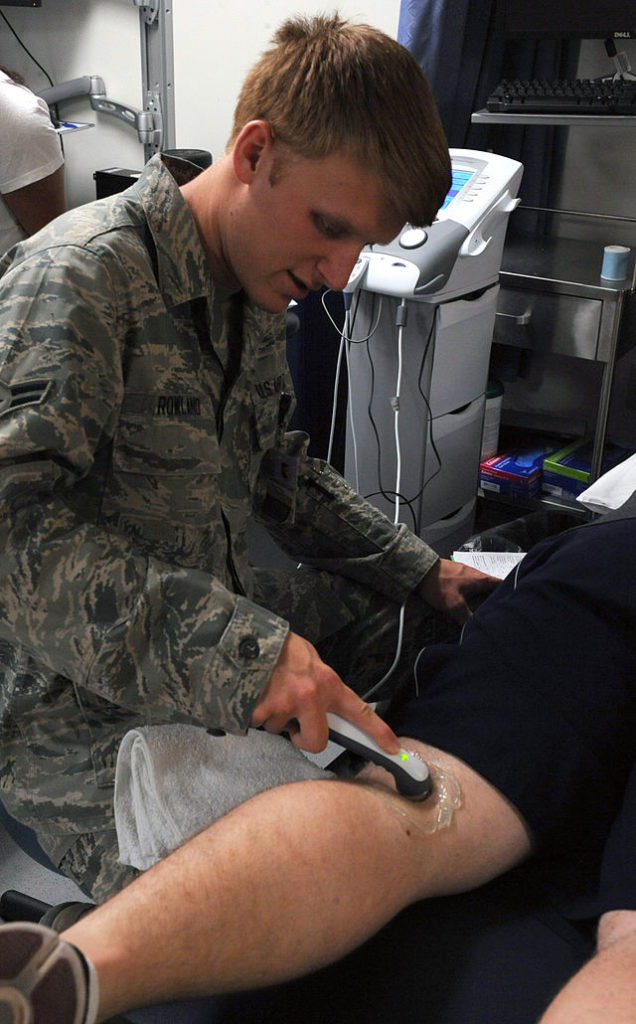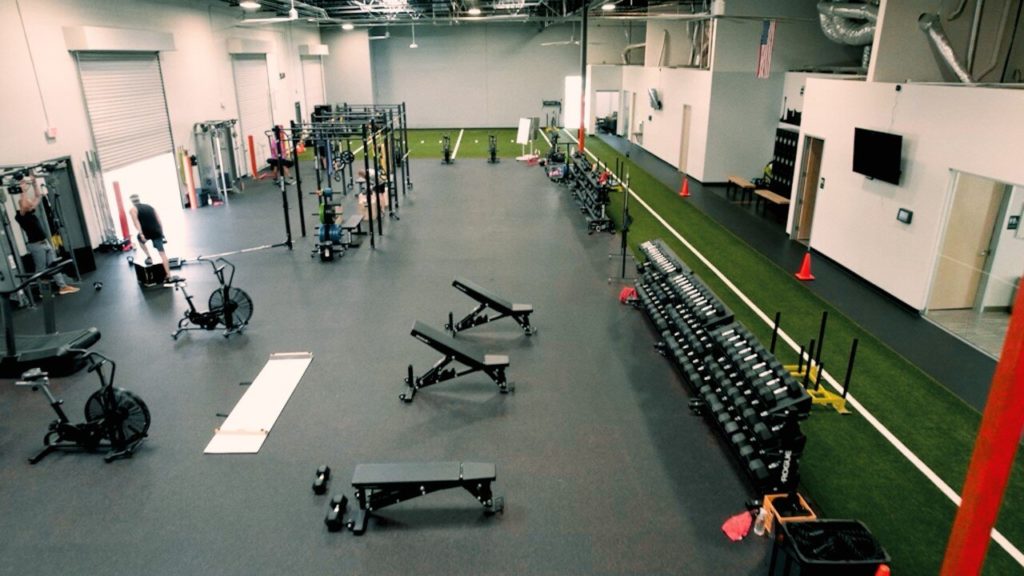Table of Contents
The stark difference between cash pay and insurance-based PT
Cash pay and insurance-based physical therapy are quite different, but how?
I’m going to answer that for you today!
I’ve spent the last 2 years in a cash pay physical therapy practice, having worked in insurance-based physical therapy for the first 8 years (aside from my stint in the NBA). All of these endeavors were as an employee.
And today, my fam, you’re going to learn the differences I’ve noticed between each of these practice styles.
Check out the video, blog, and podcast below to learn more!
The tradeoffs between cash pay and insurance physical therapy
Admittedly, my insurance-based physical therapy experiences were quite different than most outpatient orthopedic settings.
Aside from my orthopedic residency and in the NBA D-league, I’ve always worked in settings that provided patients one-on-one care, not the typical patient mill 5 patients per hour kinda BS.

However, being able to work in these settings came at a cost:
- Pay was less compared to patient mills (My Chicago suburbs gig)
- Unsustainability due to the location’s insurance strength (Phoenix, AZ) caused the practice to go under
- The clinic was in a very rural area (I’ve known some major cities (Seattle, WA) that have great insurance benefits, but one-on-one care is more likely if you go rural)
When you are a dude who wants to live in a major city and experience its amenities, that’s tough, yo!
Conversely, the “sacrifices” so to speak, are a bit different in the cash pay setting. Densely populated cities make cash-pay practices much easier to implement, and the potential earnings can be a lot higher. Oftentimes, especially if you are offering a one-on-one service, you can justify charging more than what one would charge if running an insurance-based plan.
But here’s the key.
Your results must justify the high price point, and likely in fewer, infrequent visits than insurance may allot.

You have to be able to demonstrate that the service you offer is worth more than not only other insurance clinics in the area but also other cash-pay practitioners. Your skillset and ability to deliver results will ultimately determine if you’ll be sustainable in the market.
This brings me to my next point.
The difference in visit quantity between cash pay and insurance physical therapy
Interestingly enough, there are more similarities in visit frequency than I would’ve initially thought.
With insurance, some companies offer A TON of visits to their supreme clientele. Others, you may have to spread a handful of visits over the course of weeks to months.
The same thing applies to cash pay. Only you aren’t relegated to insurance benefits, but how much your supreme clientele are willing to invest in the process.
There will be some folks who will only be able to afford to see you every couple of weeks to months. Some folks will invest so much in their health that they’ll want to see you weekly or even more. Think of all the jokes you’ll have to come up with over that timeframe. Yikes!
Fortunately, the skillset that I teach has allowed me to be able to cater to both audiences.
With those folks who can’t see me as frequently, much of the process involves assessing, providing a few movements to target specific areas, then having them practice these activities on their own to ensure success.
A BIG limitation with reduced frequency is you have NO IDEA how your clients are doing with these activities on their own.

I mitigate this problem by sending email follow-ups and requesting periodic form checks. Here, I can course correct any issues along the way and ensure changes are going in a positive direction.
If you care about outcomes, I strongly encourage you to do this as well. Take it from me, it’s been the times that I didn’t do this that I got burned and failed to get desired outcomes. Checking in reduces your odds of failure.
On the flip side, someone who has the means to come in frequently requires a blend of both rehabilitation and training skill sets. More time equals more methods to use and qualities to focus on.
How different are the caseloads?
The caseload is quite different, though I don’t think this is because of me being in a cash pay-setting (with the exception being fewer surgical cases). I literally work in a training and rehabilitation facility, not the hospital setting I’ve worked at in the past.

What I have noticed, however, is the difference in investment that patients have.
Although a vast majority of my patients were adherent to my recommendations, several were not there were not. The amount of motivational interviewing and negotiation to get patients to put in the effort at home was a regular occurrence.
Conversely, rarely does this problem happen with cash pay (though surprisingly, it still does).
My thought is because there is physical cash involved, the patient inevitably has more skin in the game, more investment, more motivation. I also think these qualities generally lead to people who will get better outcomes.
Do you ever discharge patients?
In insurance PT, you have a limited number of visits, and once the patient meets their goals, you do your discharge summary and send them on their merry way. Side note: it’s mandatory to play “The Graduation Song” by Vitamin C whenever a patient finishes PT. Trust me, I’m a doctor 😉

Ending care in cash pay PT is much more open-ended.
Sometimes, patients may come to you for one-off appointments to get a few things done, then never see you again. Other times, they might see you for a few visits, feel solid, then decide they are gucci. There are even instances where people will come in for routine maintenance care or transition to a long-term personal training relationship. The possibilities are really endless.
It is this reason why I will not look back. Although finances can be a limiter, the freedom of taking a patient beyond the rehabilitation setting happens much more frequently in cash pay physical therapy. Therefore, the impact we can make on our supreme clientele is much larger. That is worth the price of admission.
Sum up
Although my time as a cash pay practitioner has been short, there’s no looking back.
Here are the big takeaways:
- One-on-one insurance physical therapy still exists, but it’s rare compared to cash pay
- Surviving in cash pay physical therapy requires offering a superior skillset.
- Total visits can often be similar in both cash pay and insurance
- Generally, adherence is greater in the cash pay setting
- Discharging patients is more open ended in the cash pay setting
What differences have you noted between cash pay and insurance-based physical therapy? Comment below and let the fam know!
